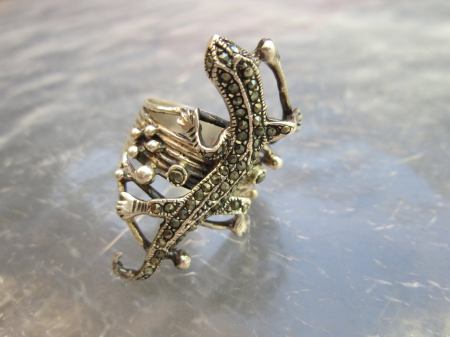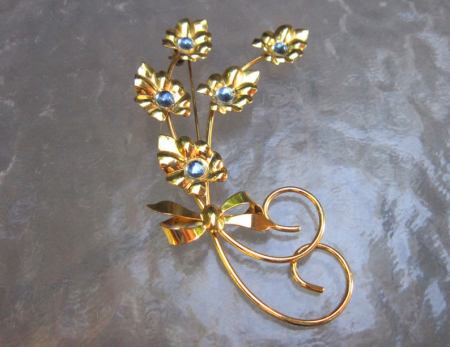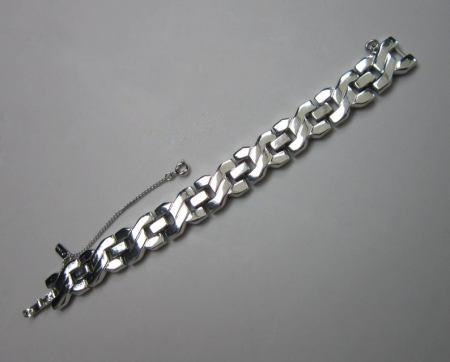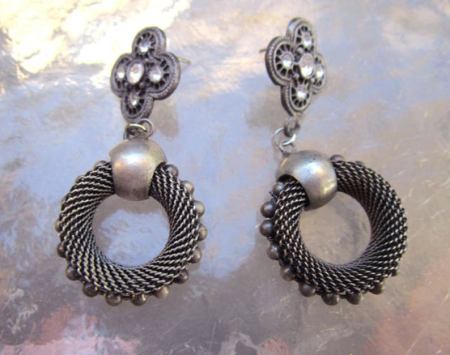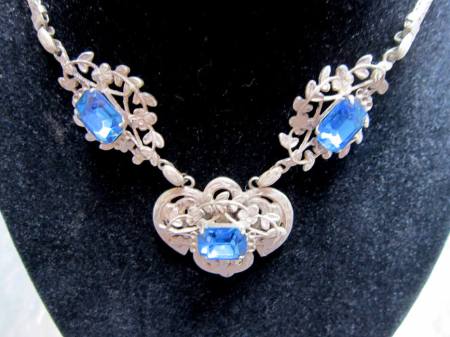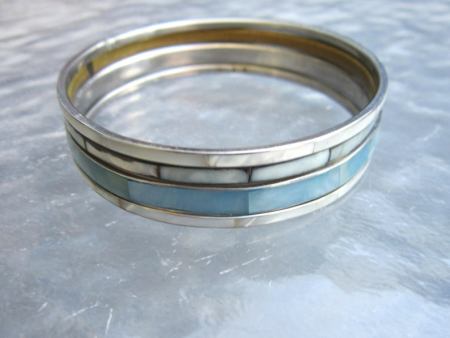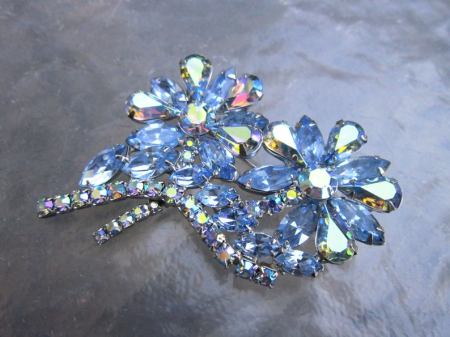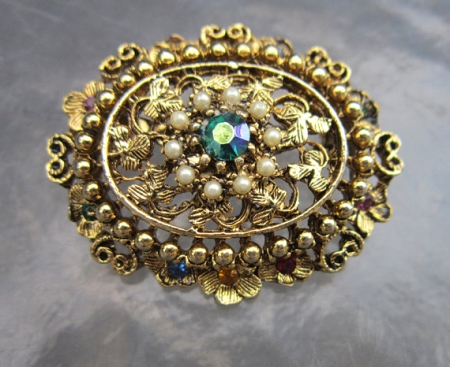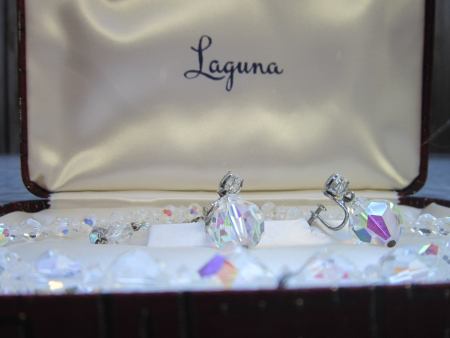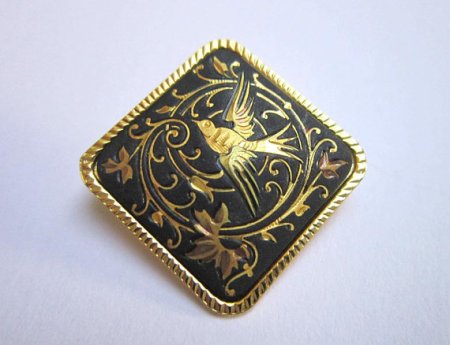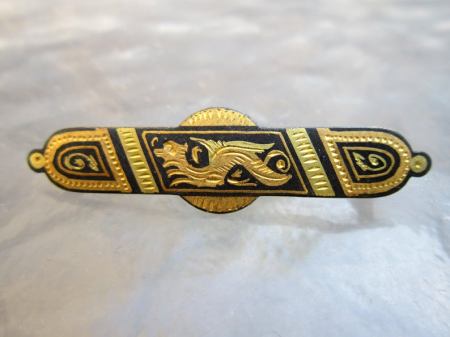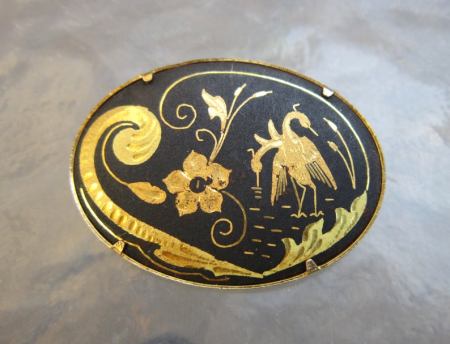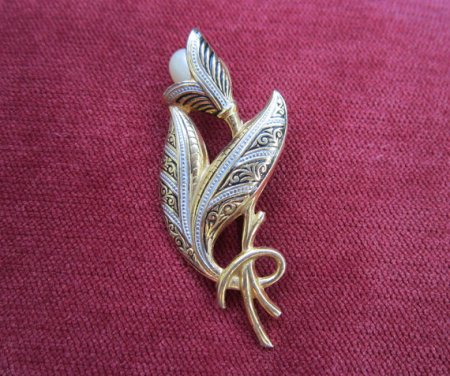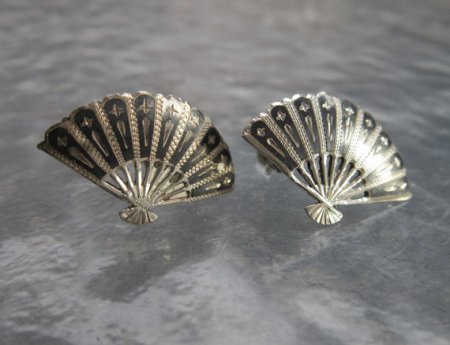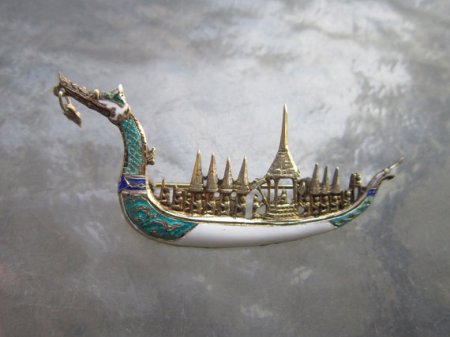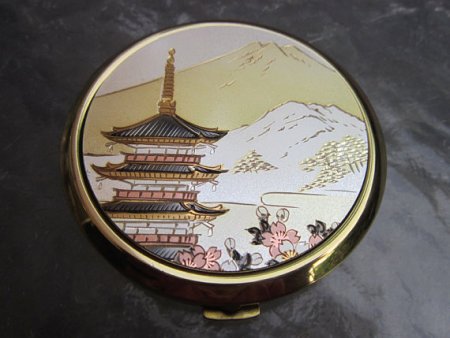Do you love vintage costume jewelry? Are you an amateur collector? First and foremost you should buy jewelry that you really like! But if you are becoming a more serious collector, here are some tips to help you find pieces that will hold or even increase in value.
7 Vintage Costume Jewelry Shopping Tips
1. Condition, Condition, Condition!
Condition is everything in vintage jewelry collecting. Check for signs of wear, breakage, or replacement stones. Check clasps to make sure they are working properly. Rhinestones should be clear and sparkly (no mottling or yellowing). Plating should be in good condition.
http://www.etsy.com/listing/714407591/vintage-weiss-red-and-pink-rhinestone
2. Age
Look for jewelry manufactured before the 1970s. Before that time there were many fine costume design houses with talented and well trained designers and craftspeople. Most of them were privately owned by people who took pride in the quality of their merchandise. In the years since the 1970s most manufacturing has been sent off shore, where cheap labor and inferior quality materials are utilized. Many of the better design houses closed their doors rather than succumb to the competitive marketing forces that would require them to make an inferior product. In many cases the older the better if the jewelry is in good condition.
http://www.etsy.com/listing/558129161/antique-blue-crystal-silver-necklace
3. Look for marks on the back
Any identifying marks on the back of a piece will make it easier to research and ascertain its value.
Marks for gold or 925 (sterling) are always good.
Some sure bet design house marks/signatures for high quality pieces include:
Boucher • Carnegie • Ciner • Coro • Eisenberg • Florenza • Har • Haskell• Hobe • Jomaz / Mazer • Kramer • Lisner • Original by Robert • Schiaparelli
This is an abbreviated list. You can find lots more information about vintage costume jewelry designers online.
https://www.etsy.com/listing/692624405/vintage-coro-sterlingcraft-repousse
4. Look for color
As a general rule, plain gold tone and silver tone pieces aren’t as popular as pieces with color. The same holds true for clear rhinestones vs. rhinestones with color. Black, brown, grey and white stones are not as popular as more vivid colors.
If you like, look for big colorful metal and enamel “flower power” type brooches popular in the 1960s. These days, some brides like to create more permanent bouquets with flower jewelry instead of real flowers that will last only a few days. These large flower brooches can be worth more than you might think.
https://www.etsy.com/listing/783350841/vintage-10-piece-pastel-floral-jewelry
5. Sets
A “set” or “parure” is often much more valuable than the sum of the individual pieces.
https://www.etsy.com/listing/747880687/vintage-celluloid-flower-grand-parure
6. Settings, findings, clasps, etc.
Learn about the history of jewelry hardware settings and jewelry making techniques. They can give you a clue as to the time the piece was manufactured and its value.
For example, simple “c clasps” on the back of brooches might indicate older pieces, as safety clasps were not widely used until the 1930s and later.
Safety chains add extra security indicating nice quality bracelets, etc.
Prong set rhinestones, pearls, stones etc. will usually be of higher quality than stones that are glued in.
Strings of pearls or beads knotted between each individual bead indicate higher quality beads that you wouldn’t want to lose if the string was accidentally broken.
The quality of stones will usually match the quality of the setting. If the setting looks cheap, the stone will probably be cheap as well, and vice versa. If someone tells you that a stone is valuable, it should be in a good quality setting.
http://www.etsy.com/listing/770874787/vintage-weiss-green-rhinestone-bracelet
7. Rare, Unique and Beautiful
Look for jewelry with these qualities. Of course, beauty is in the eye of the beholder. You may adore pieces that don’t appeal so much to others, which is just fine if its something that you will enjoy wearing.
http://www.etsy.com/listing/680025107/vintage-copper-coil-necklace-egyptian
These are just some basics. There is so much to learn about vintage jewelry collection. If you are a person who likes to go on treasure hunts, solve mysteries, and learn about history you will really enjoy collecting vintage jewelry!
Please take a look at some of my vintage costume jewelry for sale at http://www.etsy.com/shop/vintagejewelryetal
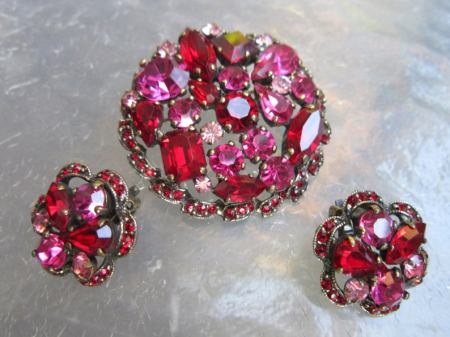

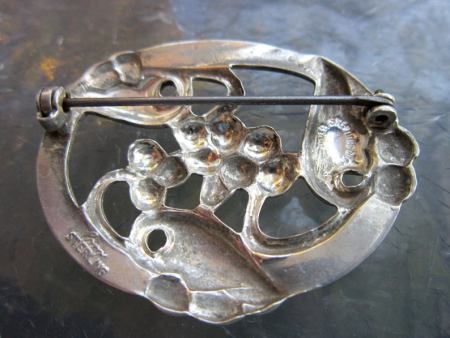
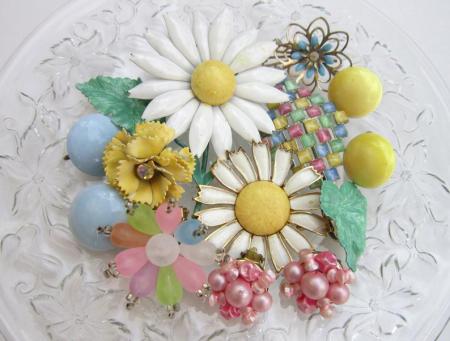
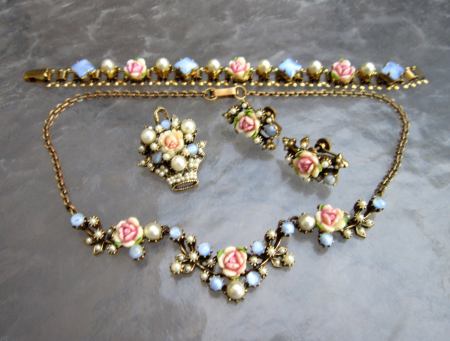
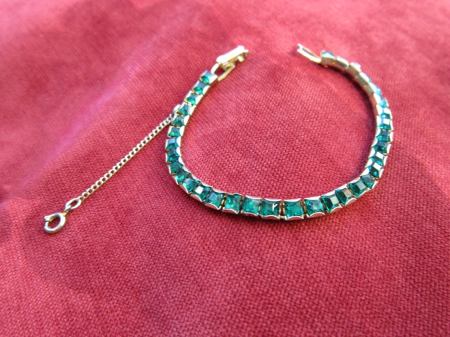
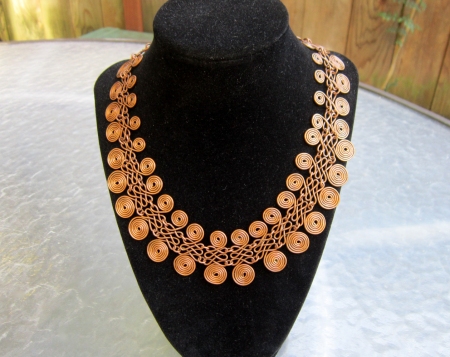



 Posted by lprindle
Posted by lprindle 